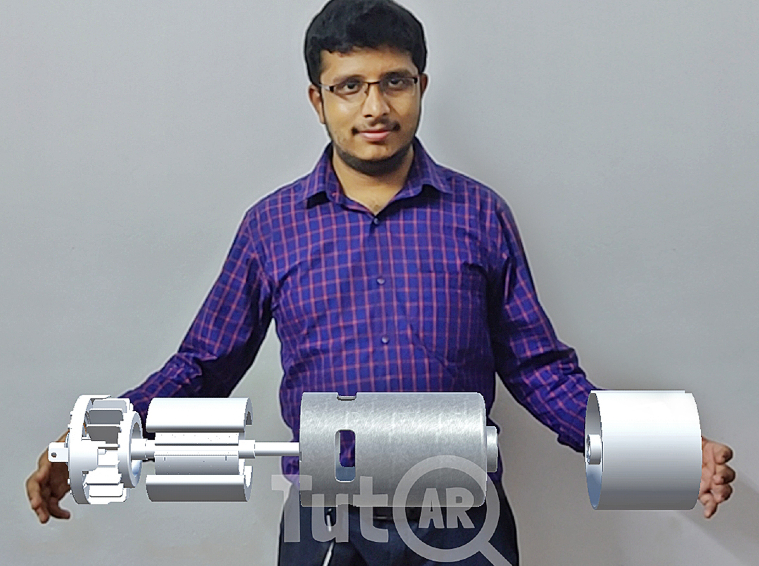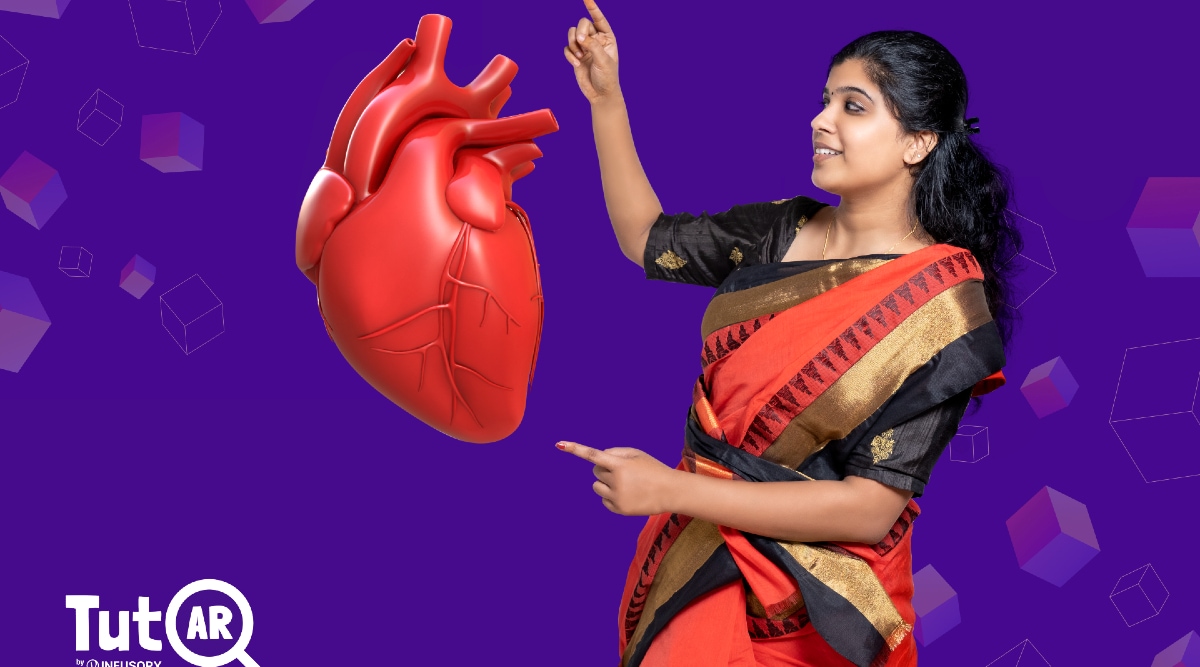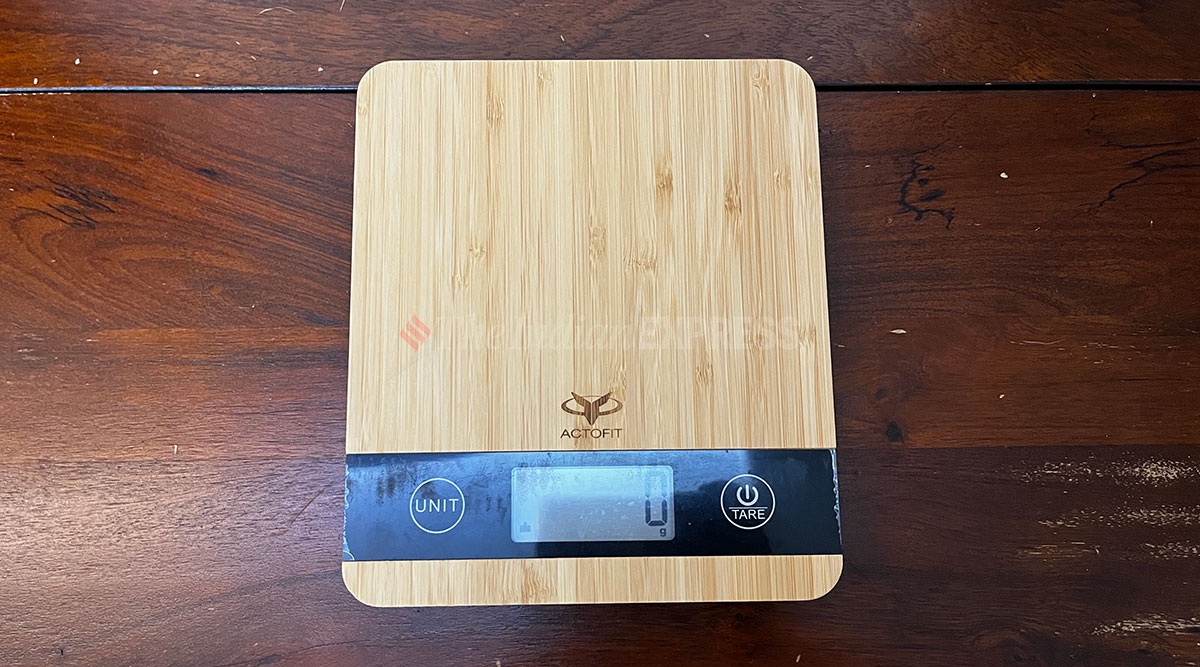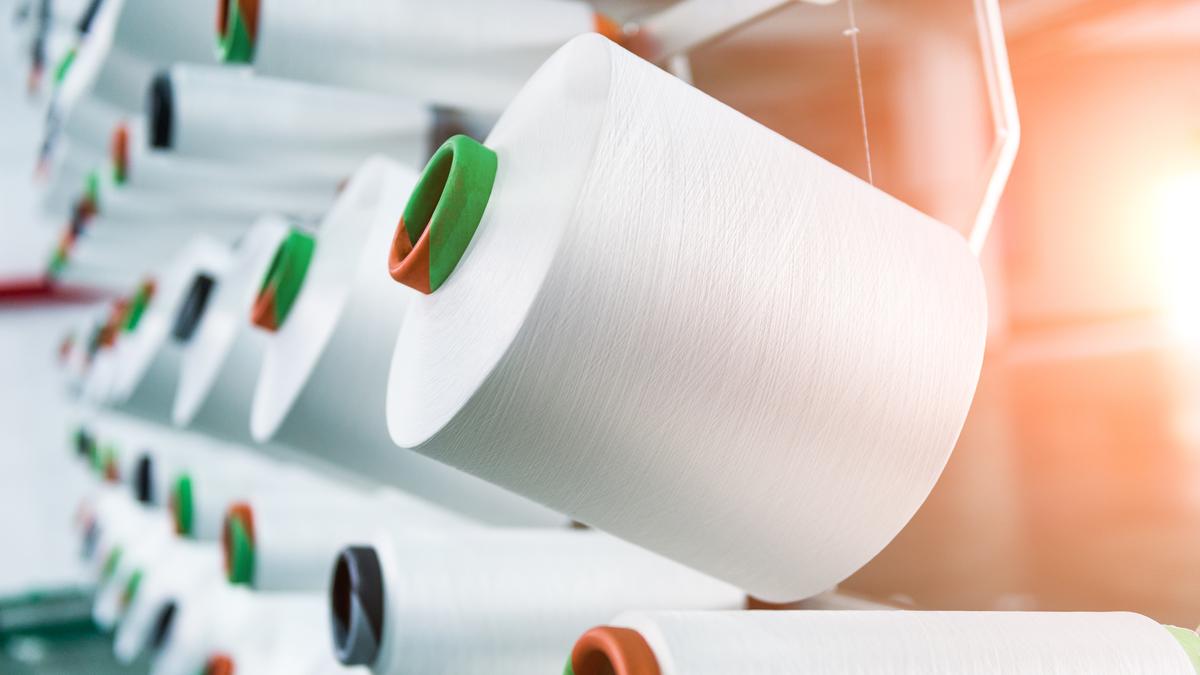A trio in their late 20s wants to change how fundamental science concepts are being taught at schools across India. Their solution, an app that uses augmented reality (AR) technology as the foundation to explore basic science concepts in three-dimensional ways, making learning fun and less boring. Primarily aimed at teachers, the TutAR app gives educators a new way to develop students’ understanding of science through 3D models and improve education for the next generation.
“We are not trying to be an Edtech platform that is replacing traditional classrooms,” Shyam Pradeep Alil, Co-founder and CTO of TutAR, tells indianexpress.com. “The idea behind the app was always to make learning interactive through technology.”
TutAR was started by Thomson Tom from St Joseph College of Engineering and Technology, Pala and Shyam Pradeep Alil from Government Engineering College, Thrissur. Both met through a technical platform called IEEE (Institute of Electrical and Electronics Engineers) where they started conducting workshops on AR and VR for institutes and colleges across India. Later Suvith S joined the team as CSO handling the expansion of TutAR.
The app went live during the first wave of the pandemic when schools had to be shut down. Alil and team saw the opportunity of having a platform/or app through which teachers could create a great learning environment for the students by using interactive technology. Alil along with the team brainstormed on using emerging technologies like Virtual reality (VR) but eventually settled on Augmented reality (AR) as the technology could be experienced through the web and smartphones opening a new world of possibility and turning a classroom into a digital education playground, something that was hard to replicate with VR that required expensive headsets and a lot of training.
The basic premise of TutAR is simple: the app allows the display of 3D models in a realistic environment. Alil says 3D models in AR not only help students visualise complex information but also increase their motivation and interest in the subject. Think about a 3D model explaining how human eyes work to a Class 8 student. A teacher can explain the concept using a textbook or draw a model on the blackboard but both methods are more inclined to prioritise facts over the actual process. With 3D models, a teacher can zoom in and out and manipulate the model, offering a more natural way of understanding scientific concepts.
Instead of replacing the traditional method of teaching, TutAR allows teachers a new way to explain concepts through 3D models in AR.
 Shyam Pradeep Alil, Co-founder and CTO of TutAR app.
Shyam Pradeep Alil, Co-founder and CTO of TutAR app.
The TutAR app is available on both smartphones (Android and iOS) and PCs (Mac and Windows). Teachers can use both front and back cameras of the smartphone, with the phone screen serving as a touchpad. That way teachers point their rear/front cameras at whatever needs to be explained to students while also drawing/doodling on their own screen as they speak. The students see these doodles or suggestions live, appearing on the screen, which in a way is a better way of understanding complex science concepts. The app is easy to use and there is no learning curve. Teachers can choose to share their screens with students while explaining 3D visuals to help them teach challenging science topics to students.
After loading a 3D model, it is displayed in real space. The AR recognizes surfaces such as tables or floors, so that the model can be placed on a surface. But on PCs and Macs, Alil’s team has developed a smart AR feature called on-screen AR. The app has over 50,000 downloads on Android and another 20,000 downloads across Windows and Mac platforms.
Alil’s team consists of 3D model developers and subject matter experts who select important topics that are aligned with the school curriculum and based on which they create the structure and then 3D models are developed. Currently, the app boasts 5000+ interactive, 3D models. Every month, the TutAR app gets updated with new 3D models. “We are constantly taking feedback from teachers and making changes to the app,” he says.
The TutAR app is currently used by over 150 schools and 300+ teachers in 22 states in India. Alil sells the TutAR app as a service, through a subscription model with an average cost of Rs 50,000 per annum. The cost of the service changes depending on how many teachers would want to use the app and the number of classes they want to take. Even some government schools in Kerala have started using the platform.Alil believes Augmented Reality (AR) has the potential to bring textbook material to life, as it relies on a real-life view of the world with virtual images projected into it (through the camera of a smartphone).

 Teachers can use the TutAR app in online as well as offline classes. (Image credit: TutAR)
Teachers can use the TutAR app in online as well as offline classes. (Image credit: TutAR)
The TutAR app can be tested by anyone and comes with a free collection of 3D models. Alil has plans to add more advanced features to the app, including real-time hand tracking which is now in beta.
Alil understands that both Augmented reality (AR) and virtual reality (VR) can offer a huge potential to the way industries operate in the future, especially the education segment. Keeping the potential of AR/VR and their impact on average users through various applications, Alil and team have set up AR/VR labs at Panangad Higher Secondary School, Thrissur, Kerala and Amal Jyothi College of Engineering, Kanjirapilly. Alil has also planned to make the TutAR app global with eyes set on the Middle East as the next potential target market.
The young startup is also building the metaverse, where teachers and students come together and take the class. It will be ready in the next six months.
!function(f,b,e,v,n,t,s)
{if(f.fbq)return;n=f.fbq=function(){n.callMethod?
n.callMethod.apply(n,arguments):n.queue.push(arguments)};
if(!f._fbq)f._fbq=n;n.push=n;n.loaded=!0;n.version=’2.0′;
n.queue=[];t=b.createElement(e);t.async=!0;
t.src=v;s=b.getElementsByTagName(e)[0];
s.parentNode.insertBefore(t,s)}(window, document,’script’,
‘https://connect.facebook.net/en_US/fbevents.js’);
fbq(‘init’, ‘444470064056909’);
fbq(‘track’, ‘PageView’);







